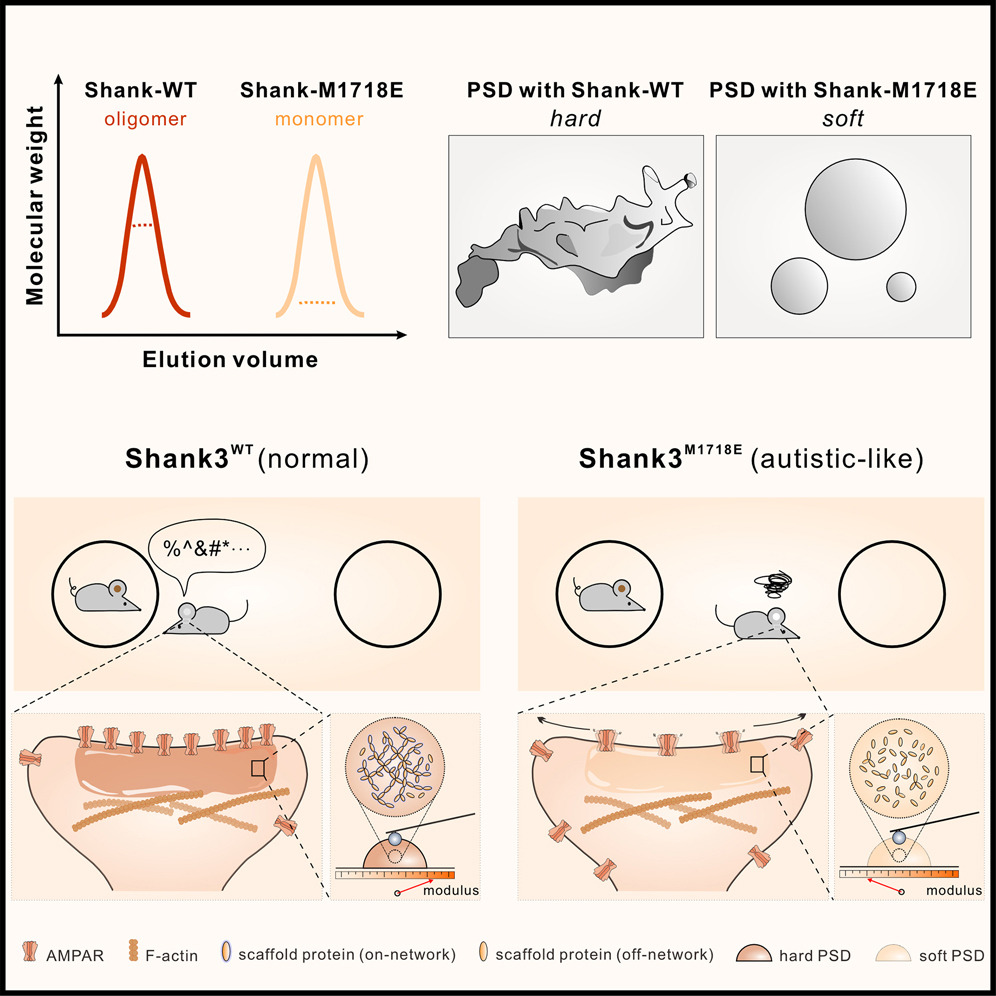Structures and target recognition modes of PDZ domains: recurring themes and emerging pictures
2013.09.13Ye, F., & Zhang, M. (2013). Biochemical Journal, 455(1), 1-14.
PDZ domains are highly abundant protein–protein interaction modules and are often found in multidomain scaffold proteins. PDZ-domain-containing scaffold proteins regulate multiple biological processes, including trafficking and clustering receptors and ion channels at defined membrane regions, organizing and targeting signalling complexes at specific cellular compartments, interfacing cytoskeletal structures with membranes, and maintaining various cellular structures. PDZ domains, each with ~90-amino-acid residues folding into a highly similar structure, are best known to bind to short C-terminal tail peptides of their target proteins. A series of recent studies have revealed that, in addition to the canonical target-binding mode, many PDZ–target interactions involve amino acid residues beyond the regular PDZ domain fold, which we refer to as extensions. Such extension sequences often form an integral structural and functional unit with the attached PDZ domain, which is defined as a PDZ supramodule. Correspondingly, PDZ-domain-binding sequences from target proteins are frequently found to require extension sequences beyond canonical short C-terminal tail peptides. Formation of PDZ supramodules not only affords necessary binding specificities and affinities demanded by physiological functions of PDZ domain targets, but also provides regulatory switches to be built in the PDZ–target interactions. At the 20th anniversary of the discovery of PDZ domain proteins, we try to summarize structural features and target-binding properties of such PDZ supramodules emerging from studies in recent years.
- Recommend
-
2025-10-22
IQSEC2/BRAG1 may modulate postsynaptic density assembly through Ca2+-induced phase separation.
-
2025-08-22

Shank3 oligomerization governs material properties of the postsynaptic density condensate and synaptic plasticity.
-
2025-08-21
Modulating synaptic glutamate receptors by targeting network nodes of the postsynaptic density condensate.
-
2025-08-19
Current practices in the study of biomolecular condensates: a community comment.
-
2025-06-10
Phase separation instead of binding strength determines target specificities of MAGUKs.

